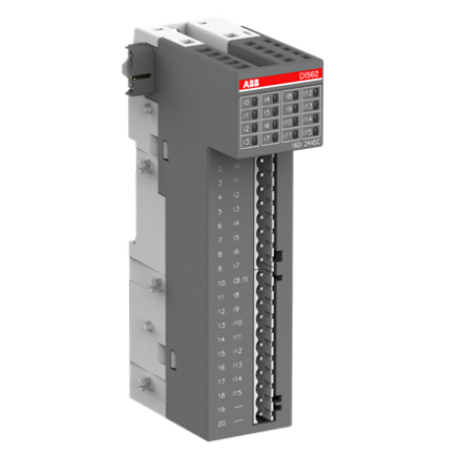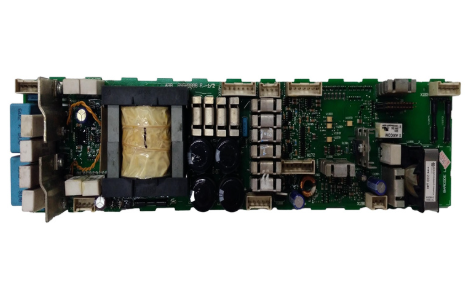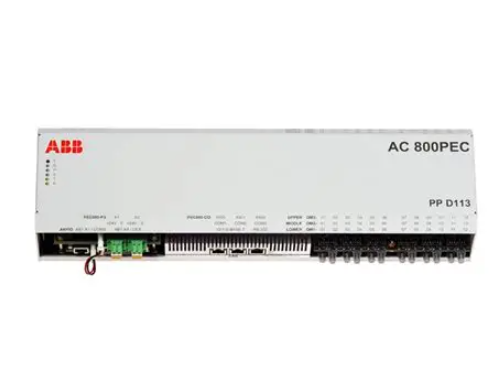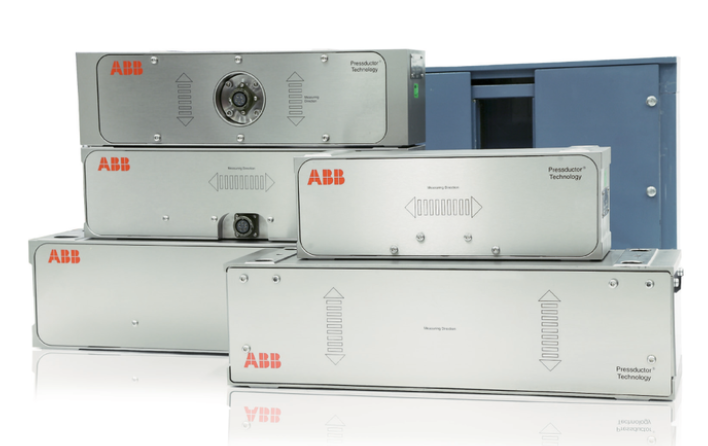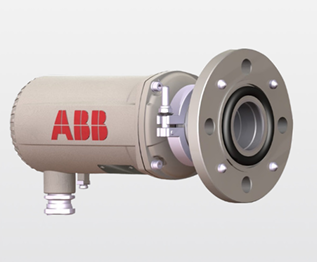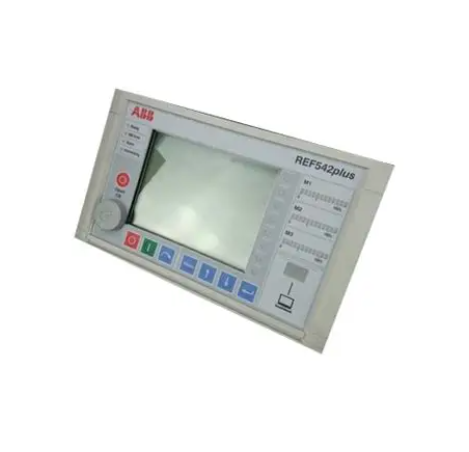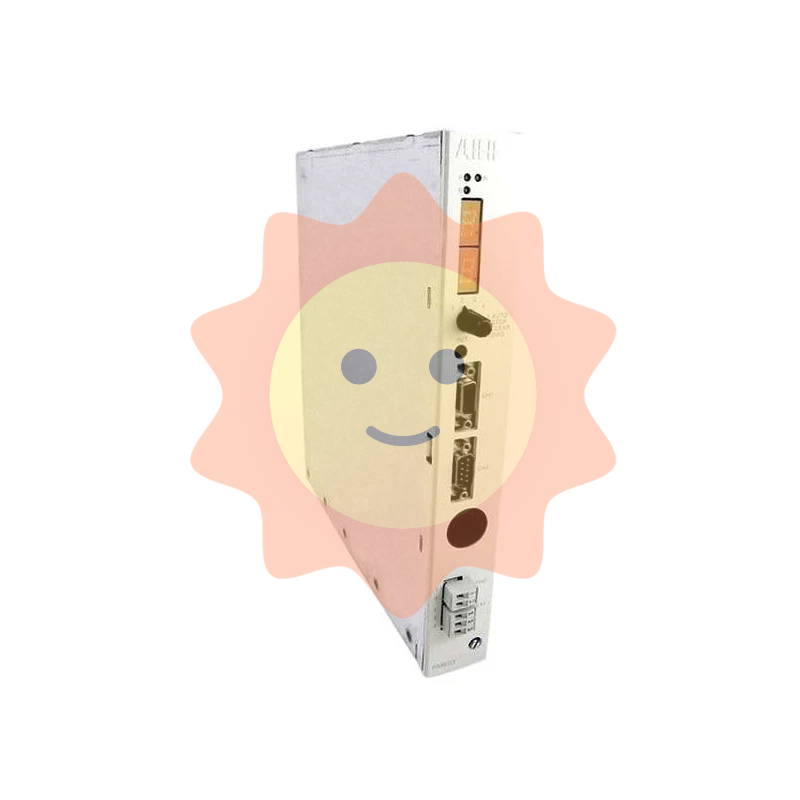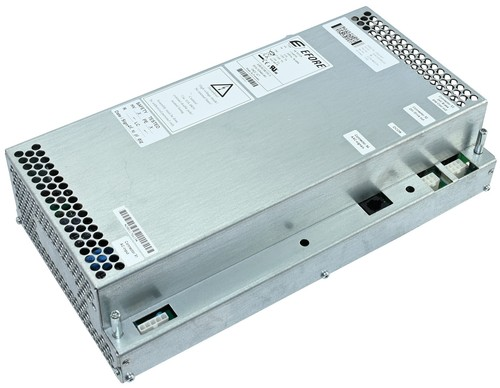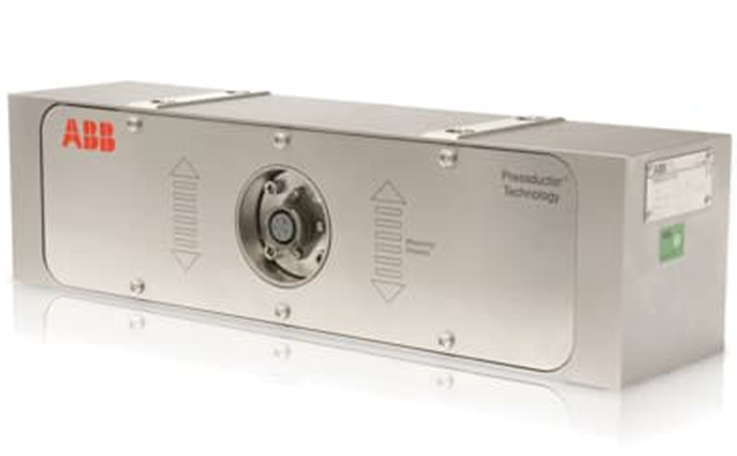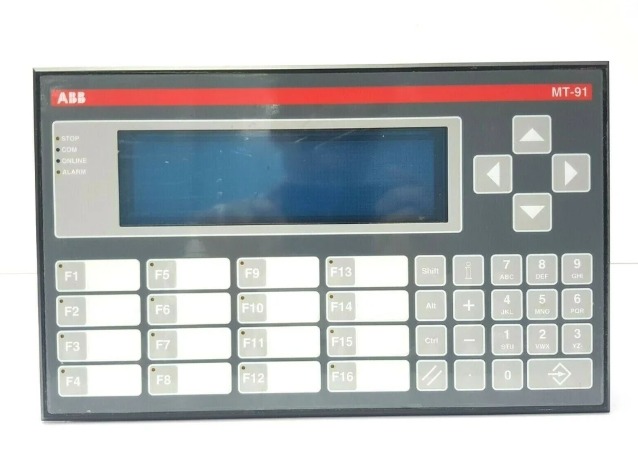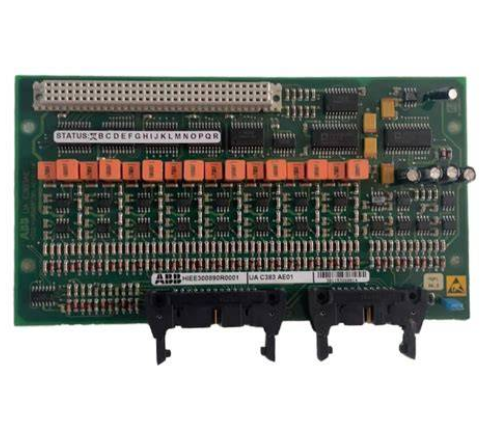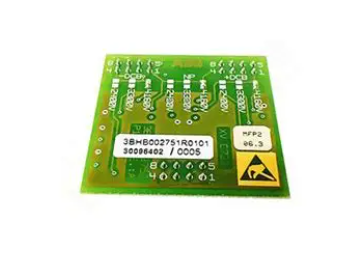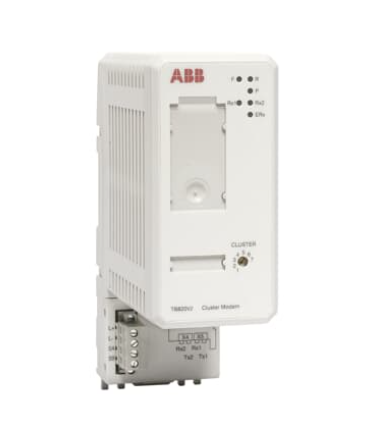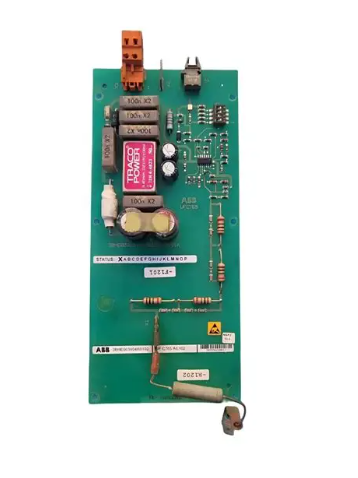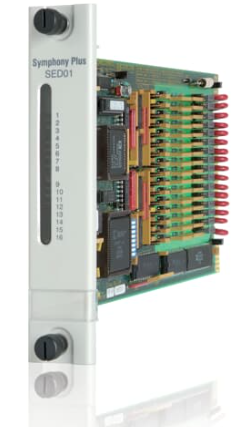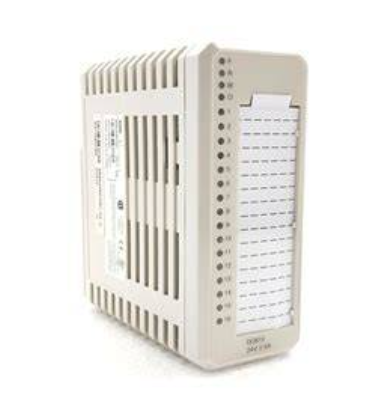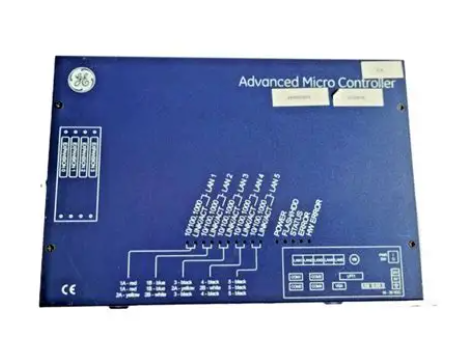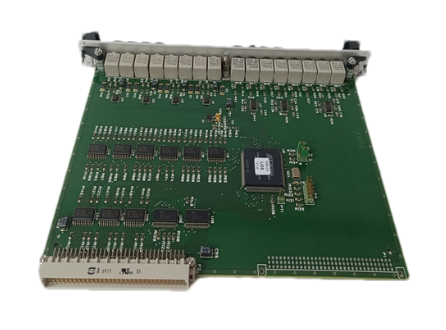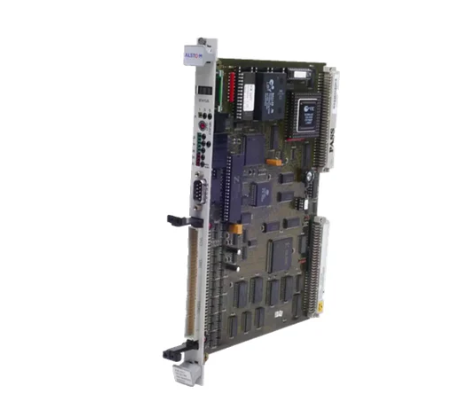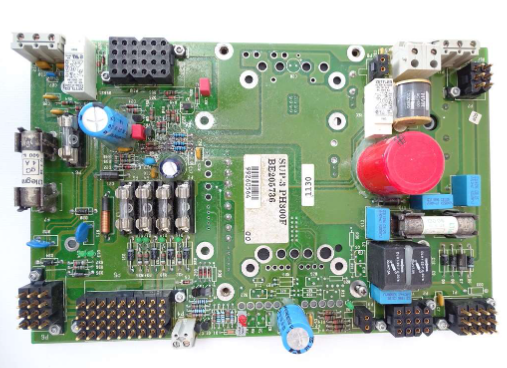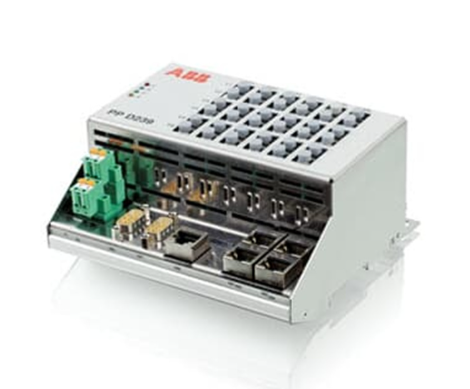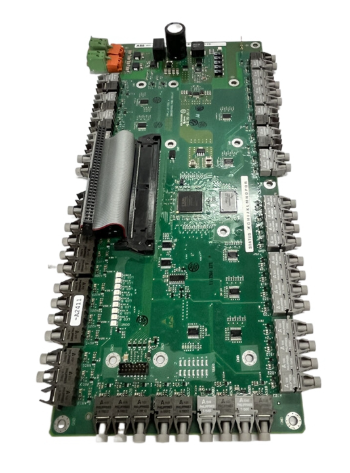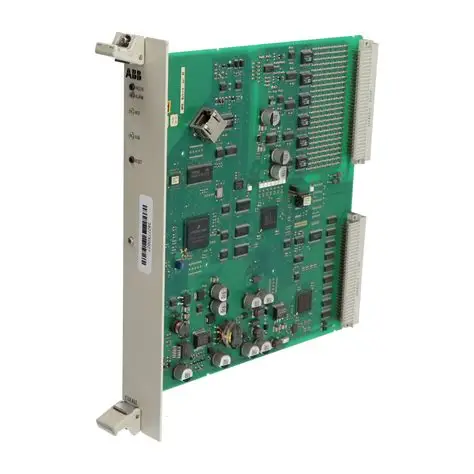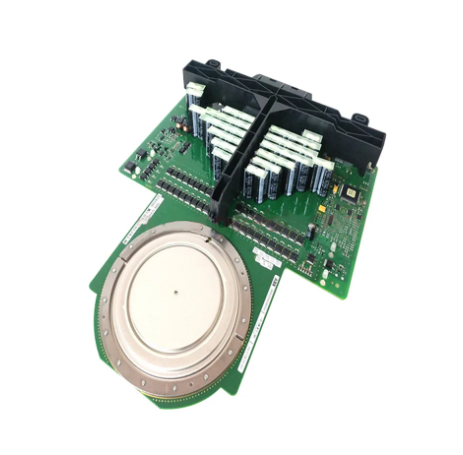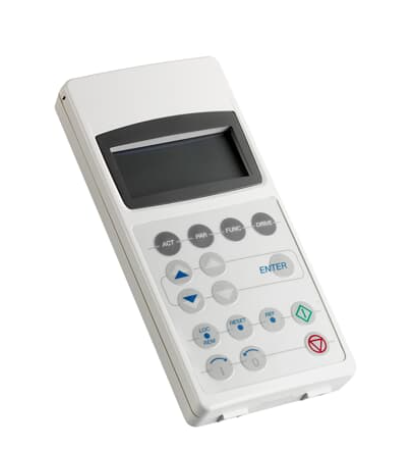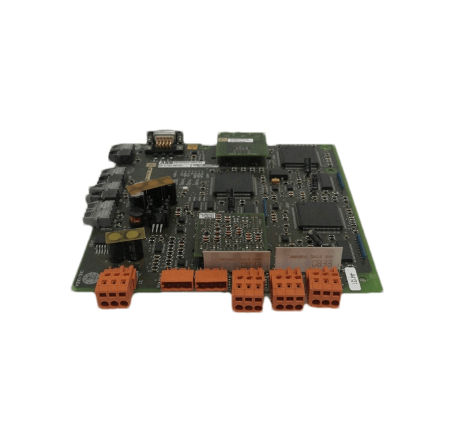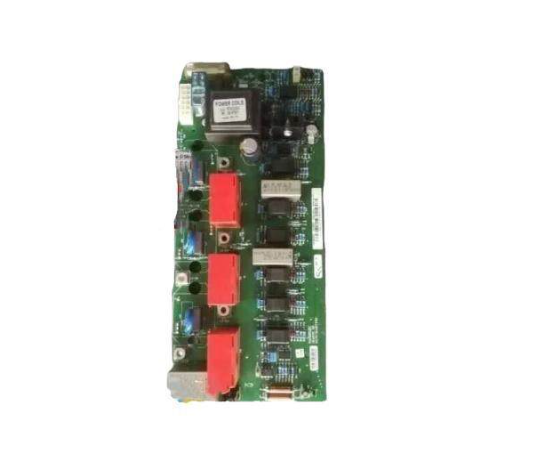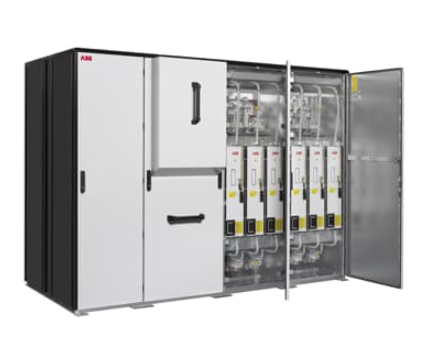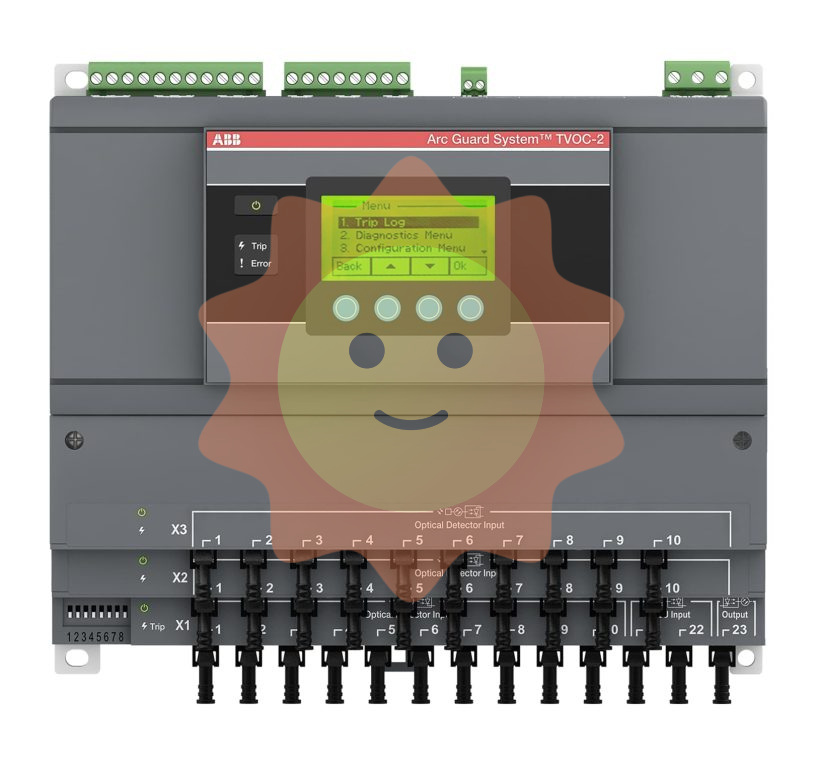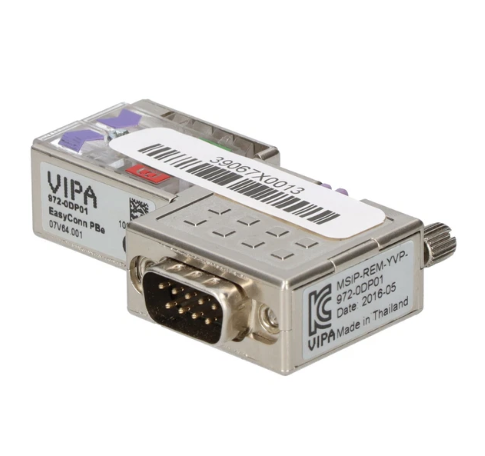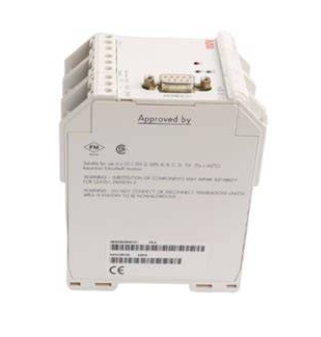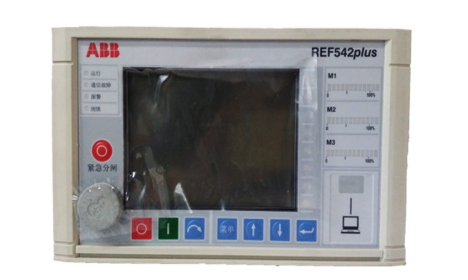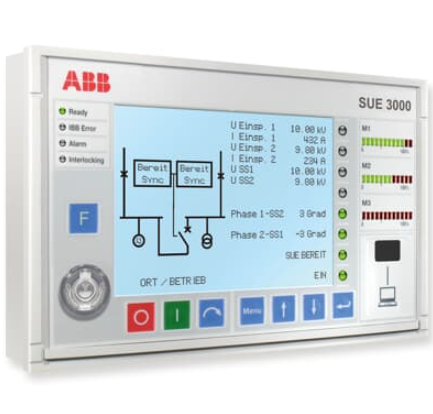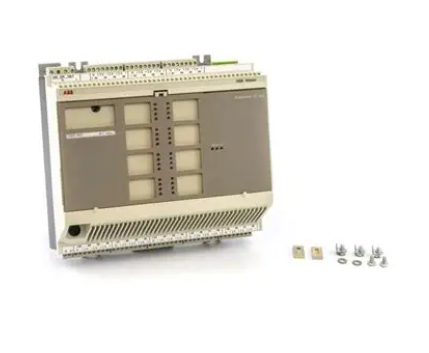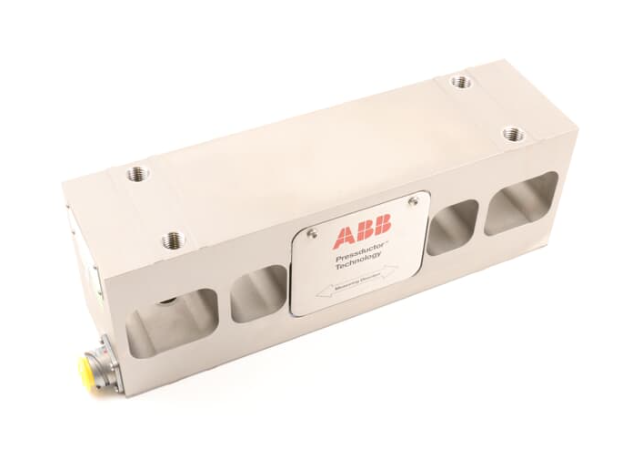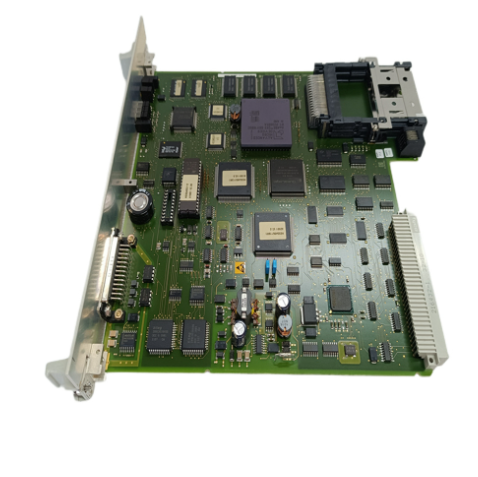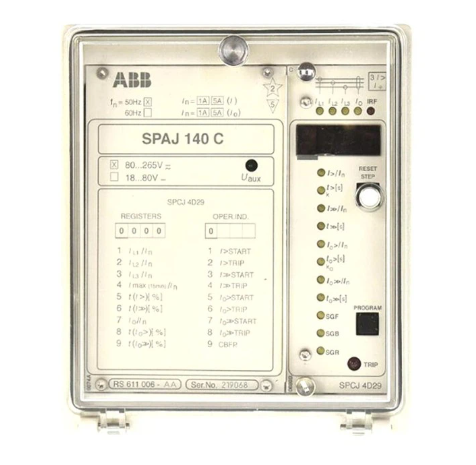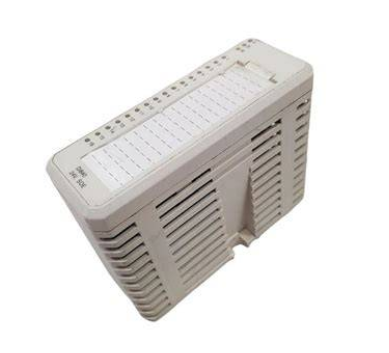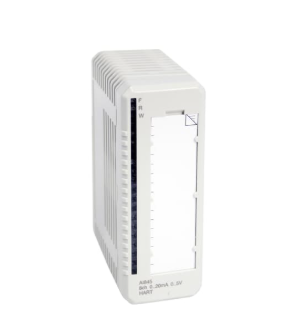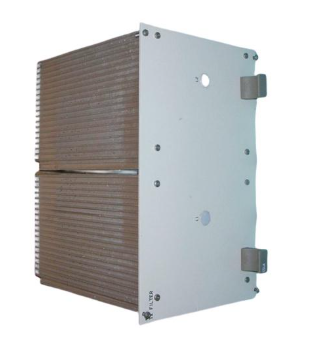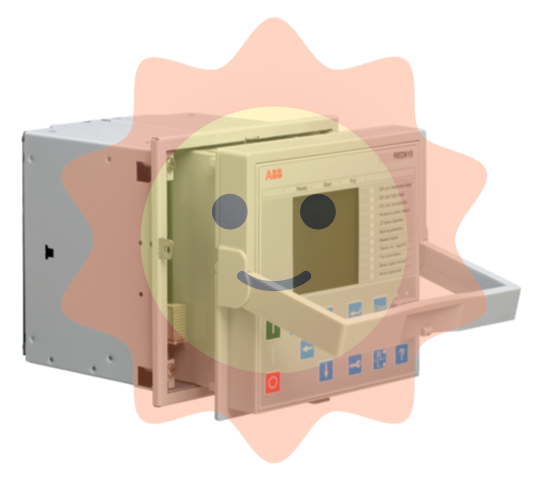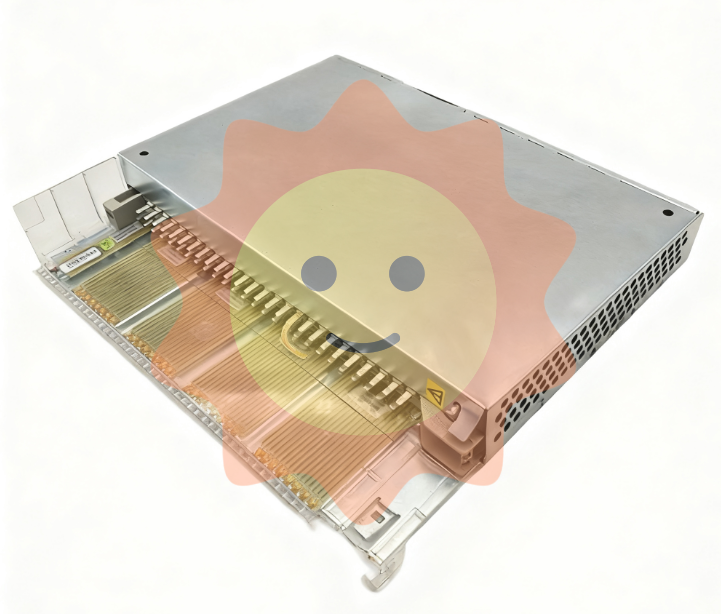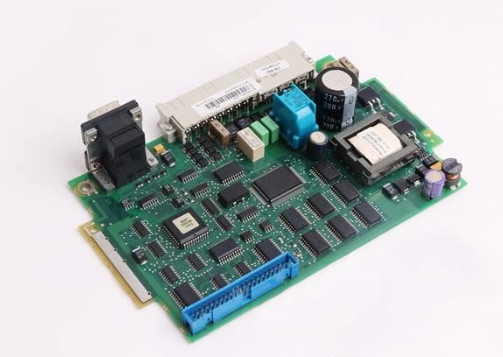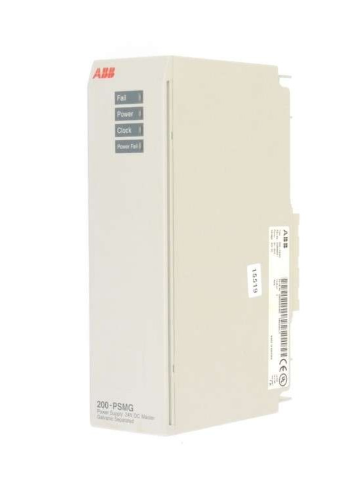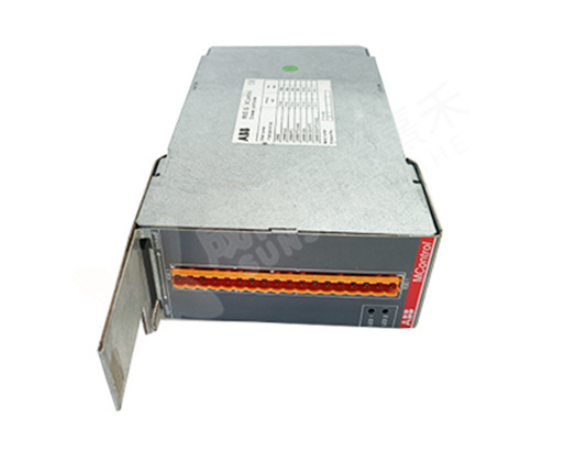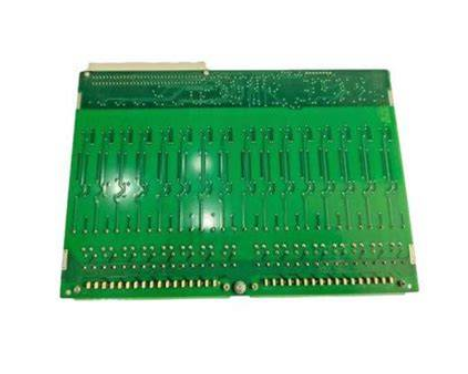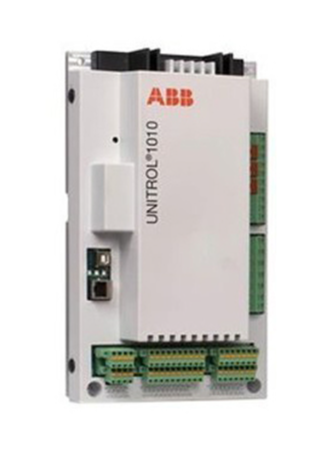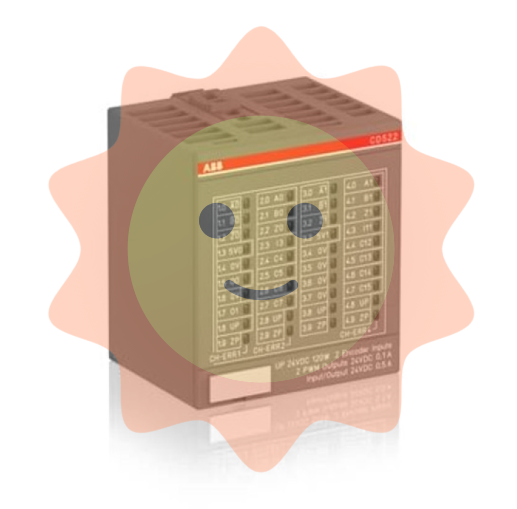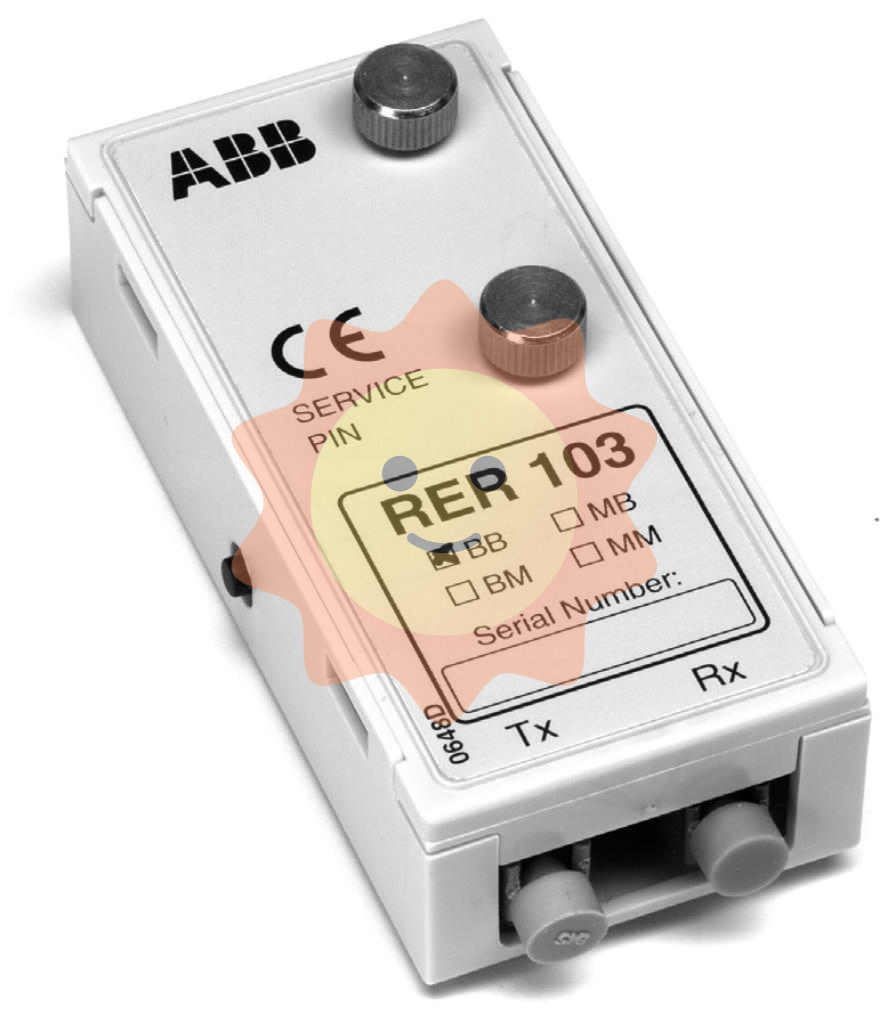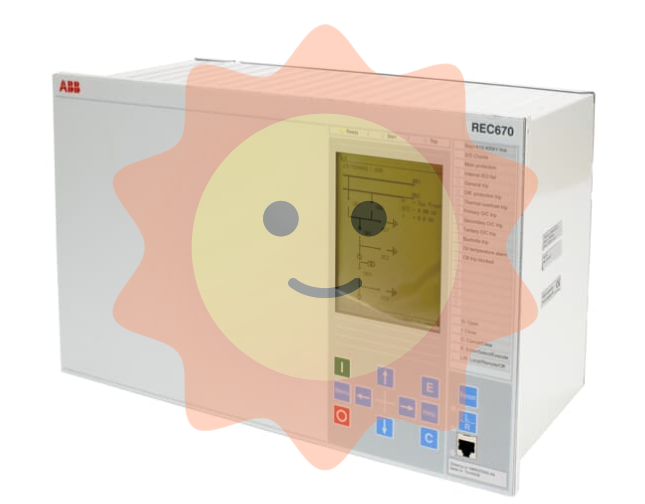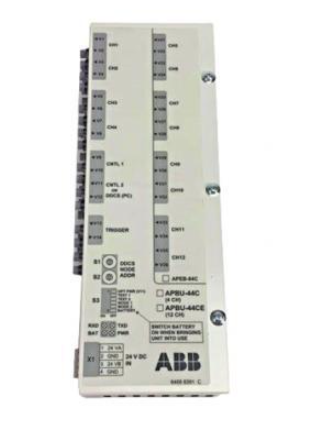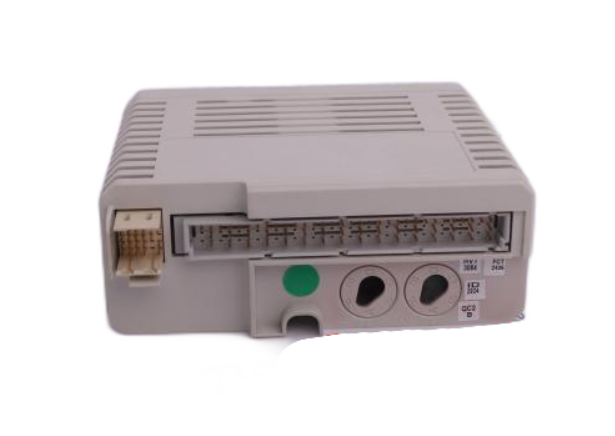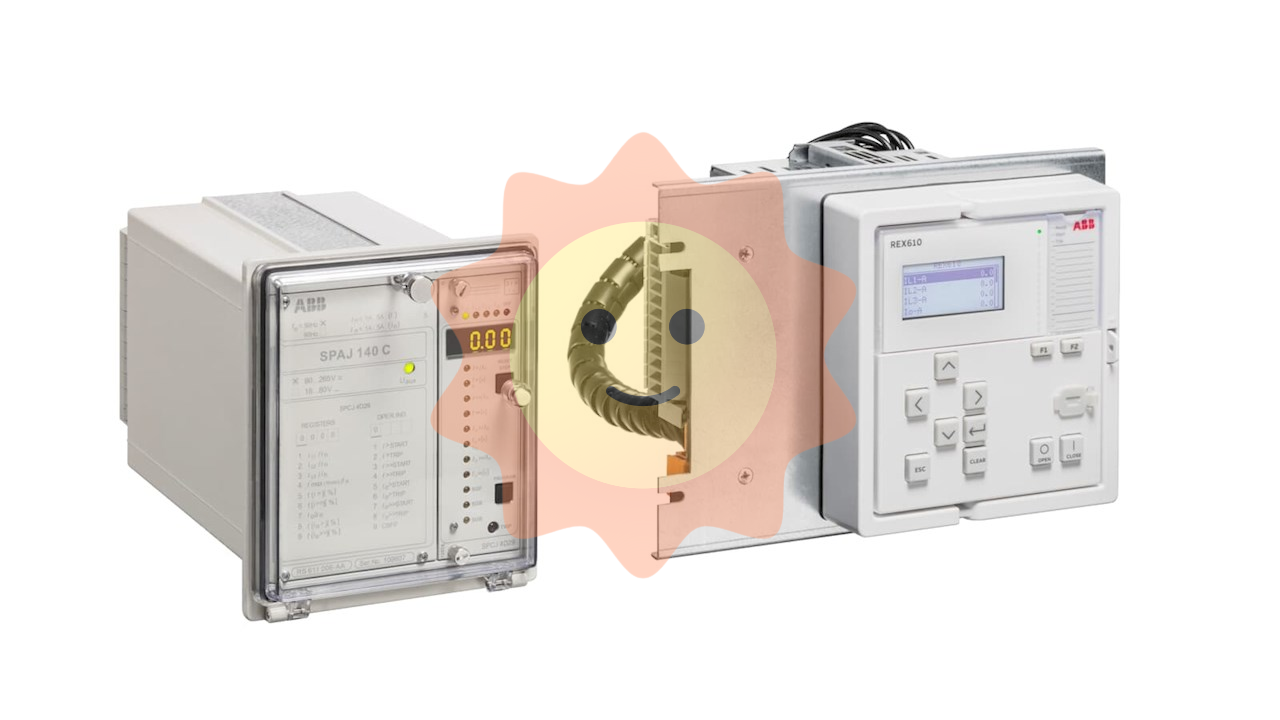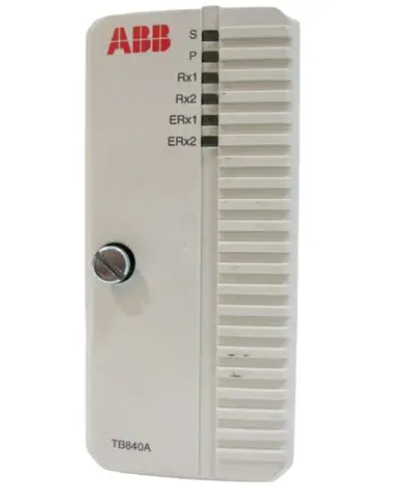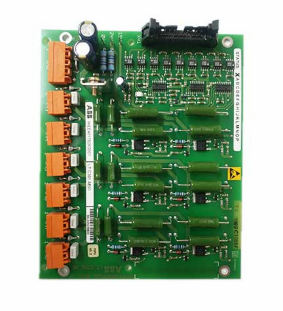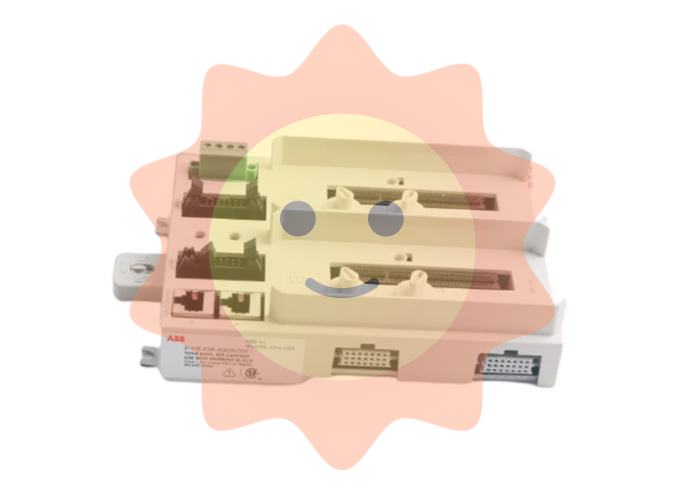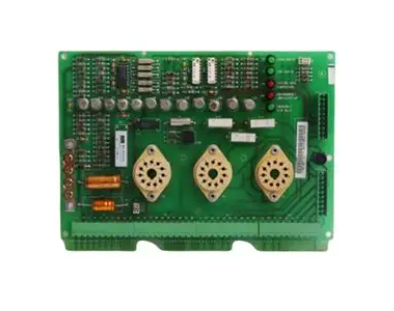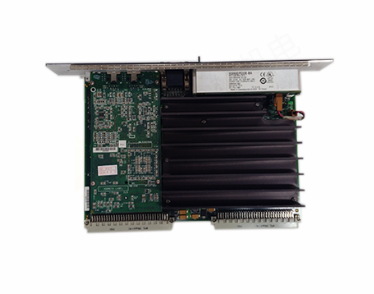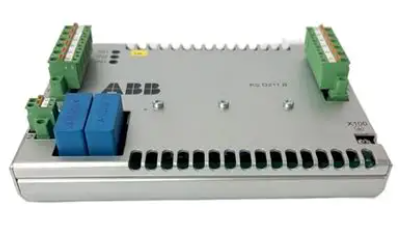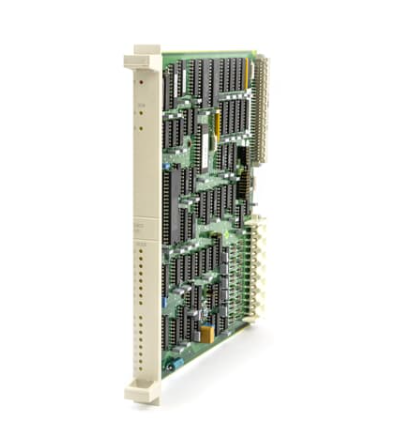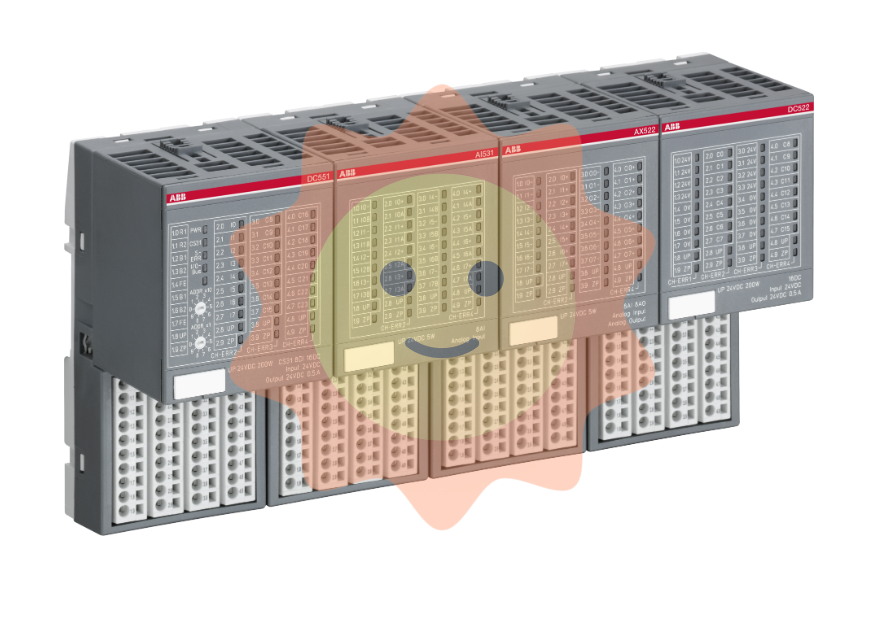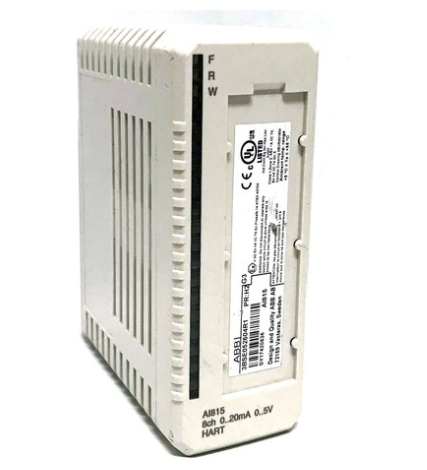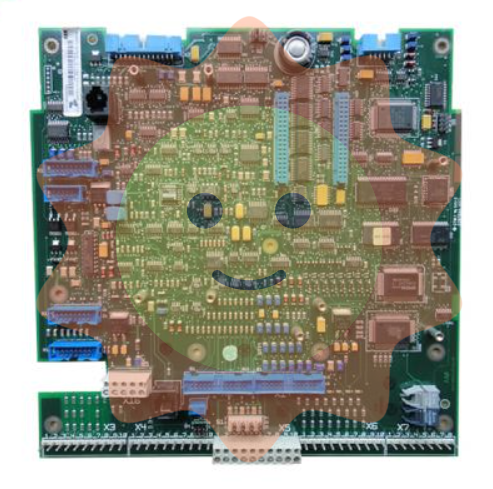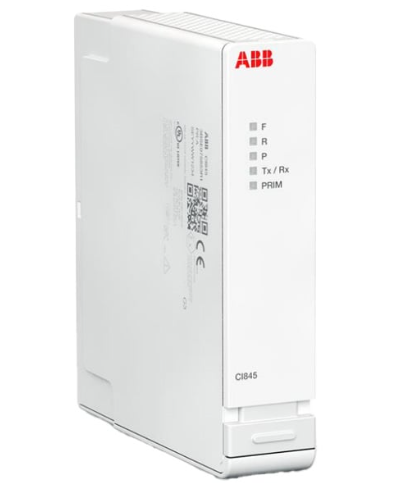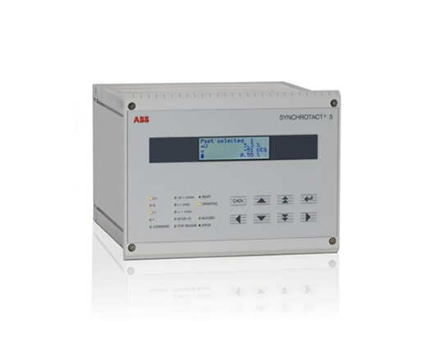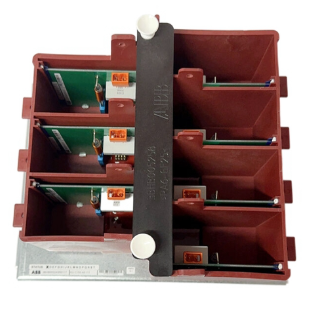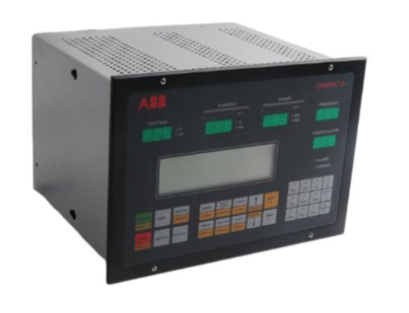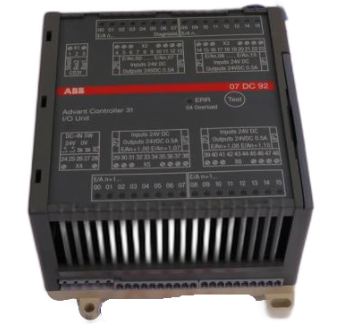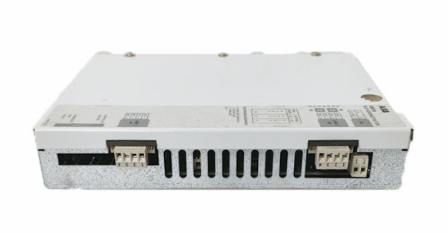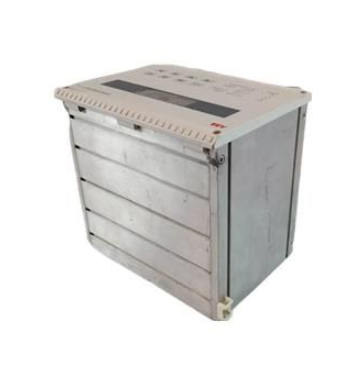Alstom IR139-1 module card
During the communication process, the communication interface module is responsible for transmitting and receiving data with external devices. When receiving data, decode and verify the received signal, and then pass it on to the processor; When sending data, encode and package the data processed by the processor, and send it out through a communication interface. At the same time, the clock circuit and power management circuit inside the module card provide stable clock signals and power supply for the entire system, ensuring the normal operation of each functional module.
Key advantages
High precision and reliability: Advanced sensor technology and high-precision A/D and D/A converters are used to ensure the accuracy of data acquisition and control. After rigorous testing and verification, high-quality electronic components are selected with excellent anti-interference ability and environmental adaptability. They can operate stably in complex electromagnetic environments and harsh weather conditions, reducing equipment failure rates and maintenance costs.
Flexibility and Scalability: Rich input and output interfaces and support for multiple communication protocols enable it to flexibly adapt to different industrial equipment and system requirements. Users can easily achieve functional expansion and system upgrades by adding expansion modules or adjusting software configurations according to actual application scenarios, meeting the constantly evolving production needs of enterprises.
Efficient data processing capability: High performance processors and optimized data processing algorithms ensure that module cards can quickly and accurately process large amounts of data, meeting the requirements of real-time control in industrial automation. Being able to respond to external signal changes in a timely manner, make control decisions quickly, and improve the operational and production efficiency of the system.
Convenient installation and maintenance: The compact design and standardized interface make module card installation easy and can be quickly integrated into existing systems. At the same time, it has a complete self diagnostic function and clear fault indication, which facilitates technical personnel to troubleshoot and repair faults, shortens equipment downtime, and improves production continuity.
Precautions
Installation environment: It should be installed in a dry, well ventilated, non corrosive gas, and non violent vibration environment. Avoid installing module cards in high temperature, humid, or dusty areas to prevent electronic components from getting damp, oxidized, or clogged with dust, which can affect their performance and service life. At the same time, the installation location should be far away from strong electromagnetic interference sources, such as large motors, transformers, etc., to reduce the impact of electromagnetic interference on the normal operation of the module card.
Power connection: Before connecting the power supply, be sure to confirm that the input power supply voltage is consistent with the voltage range required by the module card, and ensure that the power supply polarity is correct. It is recommended to use a stable power supply and install appropriate fuses and filtering devices on the power line to prevent abnormal situations such as power fluctuations and surges from damaging the module card.
Signal connection: When connecting input and output signal cables, ensure good cable contact to avoid virtual connections, short circuits, and other situations. For analog signals, shielded cables should be used and the shielding layer should be reliably grounded to reduce the impact of external interference on signal quality. At the same time, pay attention to the range matching of the signal to avoid the input signal exceeding the rated range of the module card and damaging the module card.
Software operation: When configuring and programming software, it is necessary to strictly follow the requirements of the product manual to avoid system failures or data loss caused by improper operation. Regularly backup the software of the module card so that the system can be quickly restored in case of any issues. Before upgrading the software version, testing should be conducted to ensure that the new version is compatible with the hardware and can work properly.
Similar model supplement
Alstom IR139-2 module card: belonging to the same series as IR139-1, it has similar basic functions and interface layout, but has improved data processing capabilities and communication performance. The IR139-2 adopts a higher performance processor, with a 30% increase in data processing speed compared to the IR139-1, and supports more communication protocols, making it suitable for complex industrial control systems with higher requirements for data processing speed and communication compatibility.
Alstom IR138 module card: This model of module card focuses on digital signal processing. Compared to IR139-1, it has doubled the number of digital input/output channels and has more powerful logical operation functions. Suitable for industrial scenarios dominated by digital signal control, such as logic control of automated production lines, switch monitoring and control of power systems, but relatively weak in analog signal processing capabilities.
- EMERSON
- Honeywell
- CTI
- Rolls-Royce
- General Electric
- Woodward
- Yaskawa
- xYCOM
- Motorola
- Siemens
- Rockwell
- ABB
- B&R
- HIMA
- Construction site
- electricity
- Automobile market
- PLC
- DCS
- Motor drivers
- VSD
- Implications
- cement
- CO2
- CEM
- methane
- Artificial intelligence
- Titanic
- Solar energy
- Hydrogen fuel cell
- Hydrogen and fuel cells
- Hydrogen and oxygen fuel cells
- tyre
- Chemical fiber
- dynamo
- corpuscle
- Pulp and paper
- printing
- fossil
- FANUC
- Food and beverage
- Life science
- Sewage treatment
- Personal care
- electricity
- boats
- infrastructure
- Automobile industry
- metallurgy
- Nuclear power generation
- Geothermal power generation
- Water and wastewater
- Infrastructure construction
- Mine hazard
- steel
- papermaking
- Natural gas industry
- Infrastructure construction
- Power and energy
- Rubber and plastic
- Renewable energy
- pharmacy
- mining
- Plastic industry
- Schneider
- Kongsberg
- NI
- Wind energy
- International petroleum
- International new energy network
- gas
- WATLOW
- ProSoft
- SEW
- wind
- ADVANCED
- Reliance
- YOKOGAWA
- TRICONEX
- FOXBORO
- METSO
- MAN
- Advantest
- ADVANCED
- ALSTOM
- Control Wave
- AB
- AMAT
- STUDER
- KONGSBERG
- MOTOROLA
- DANAHER MOTION
- Bently
- Galil
- EATON
- MOLEX
- Triconex
- DEIF
- B&W
- ZYGO
- Aerotech
- DANFOSS
- KOLLMORGEN
- Beijer
- Endress+Hauser
- MOOG
- KB
- Moxa
- Rexroth
- YAMAHA


Email:wang@kongjiangauto.com




